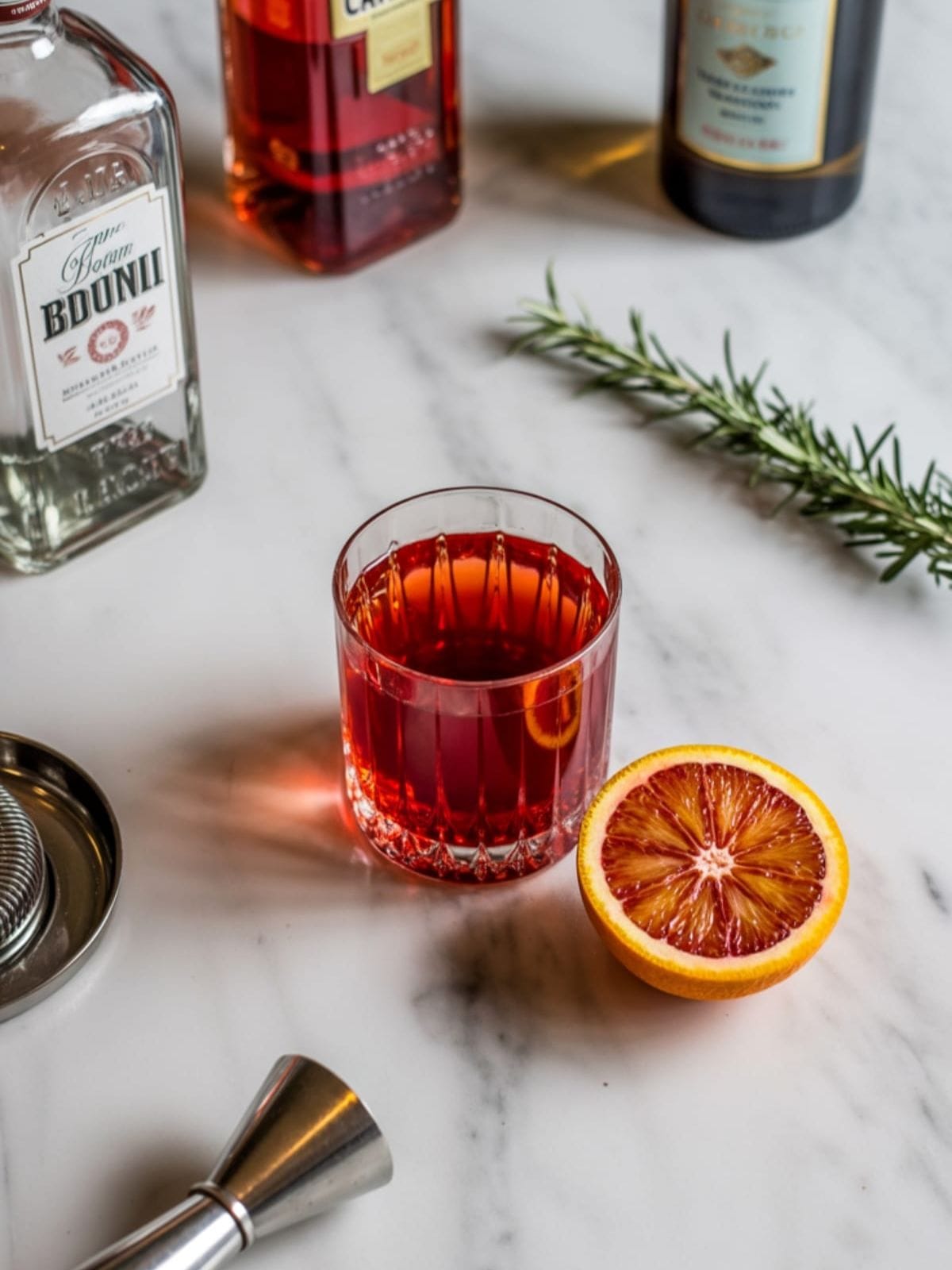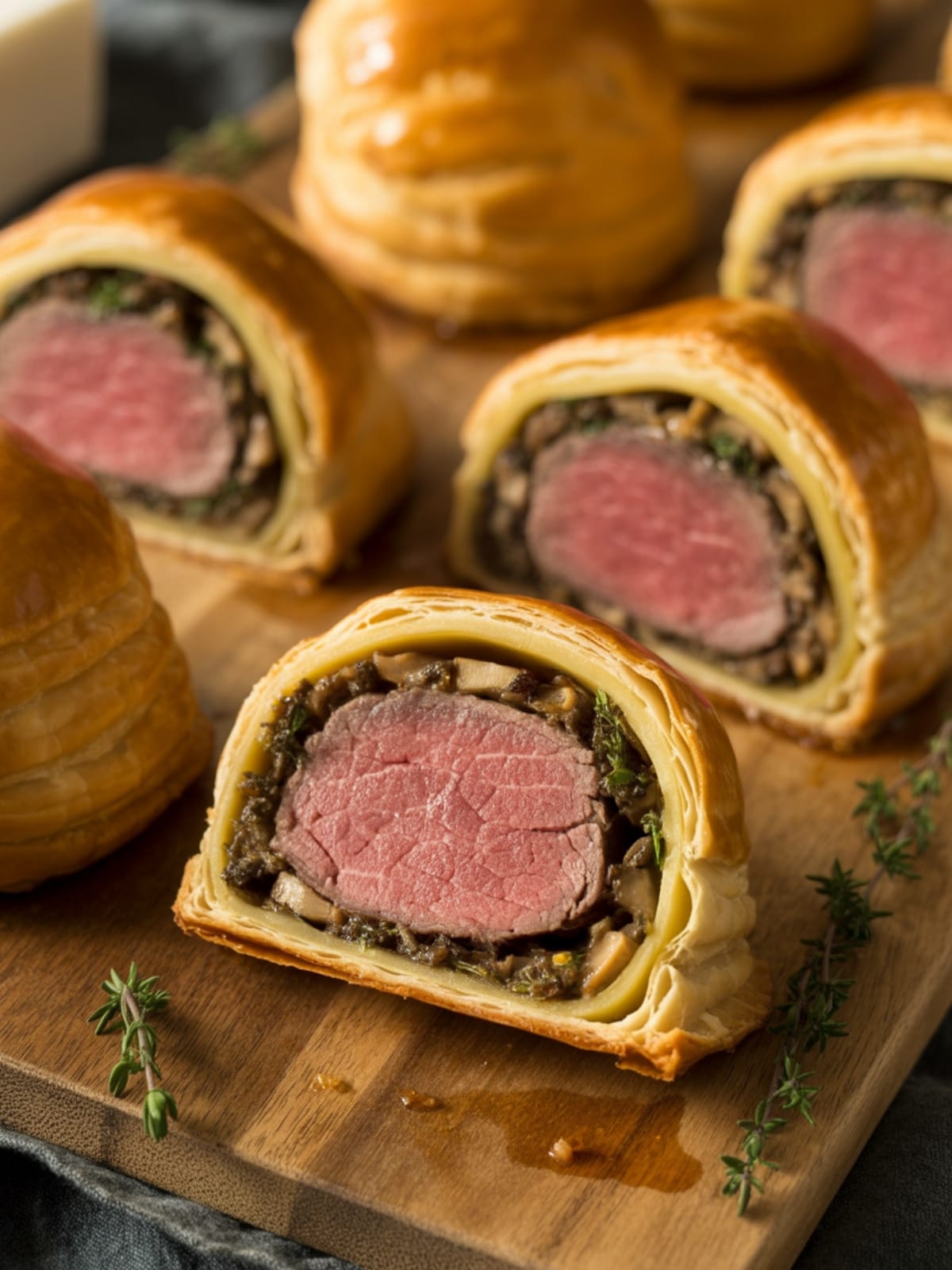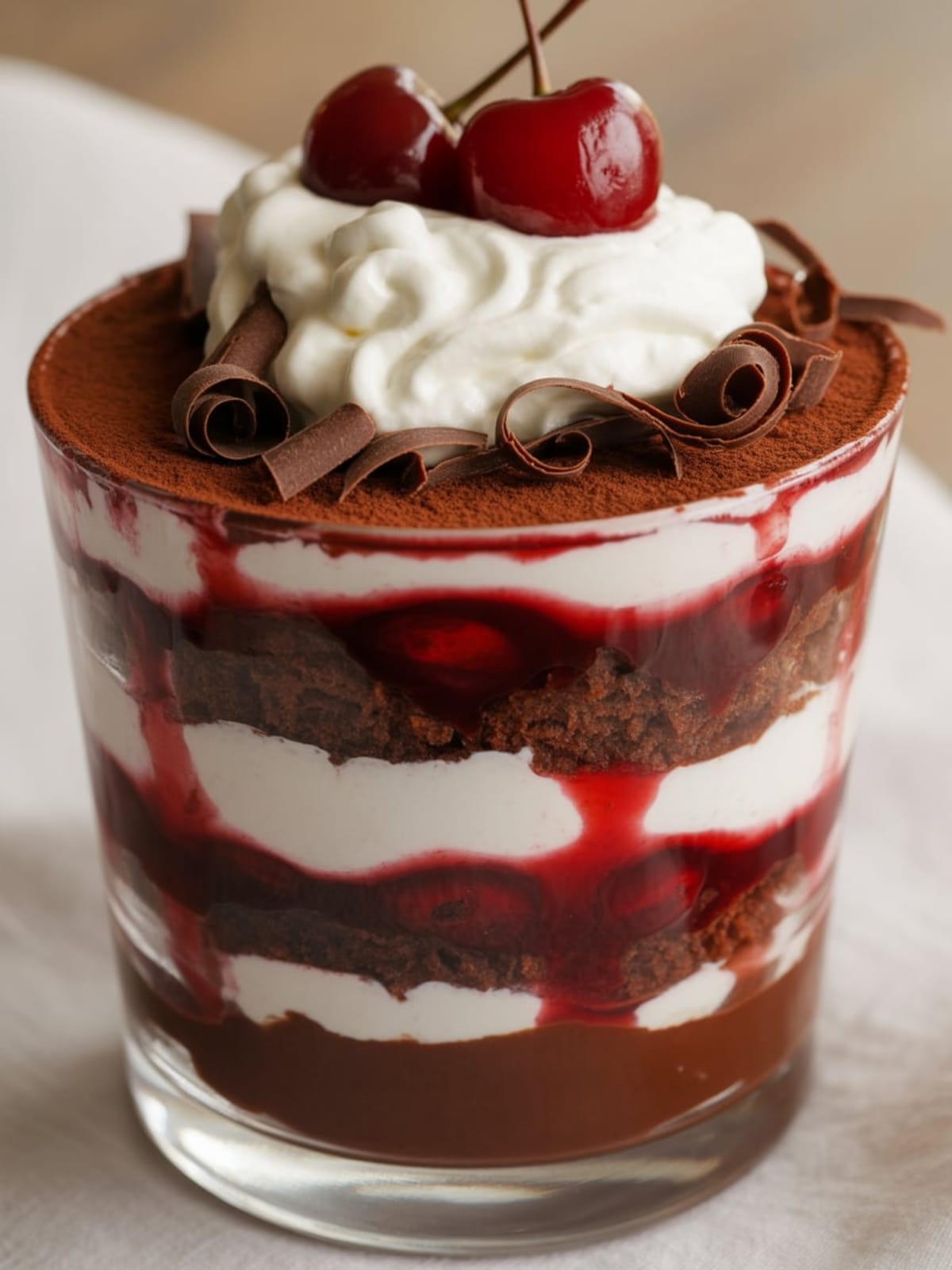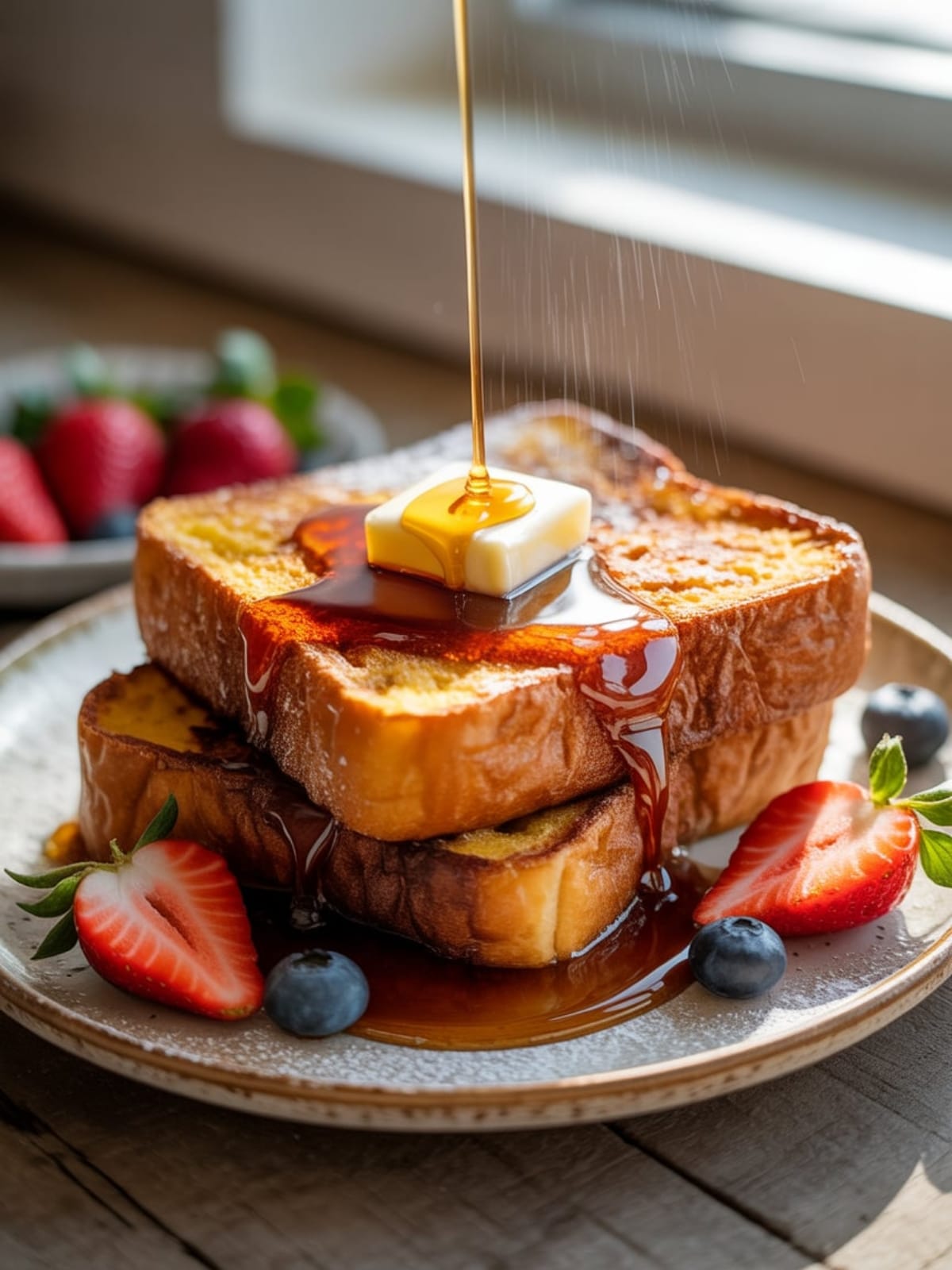Nothing makes a statement at cocktail hour quite like a Blood Orange Negroni. This ruby-red beauty takes the sophisticated bitterness of a traditional Negroni and infuses it with the sweet-tart complexity of blood oranges. The result?
A cocktail that’s visually stunning and delivers a perfect balance of flavors that will impress even your most discerning friends. Whether you’re hosting a dinner party or simply treating yourself after a long day, this cocktail transforms an ordinary evening into something special.
Why This Recipe is Awesome
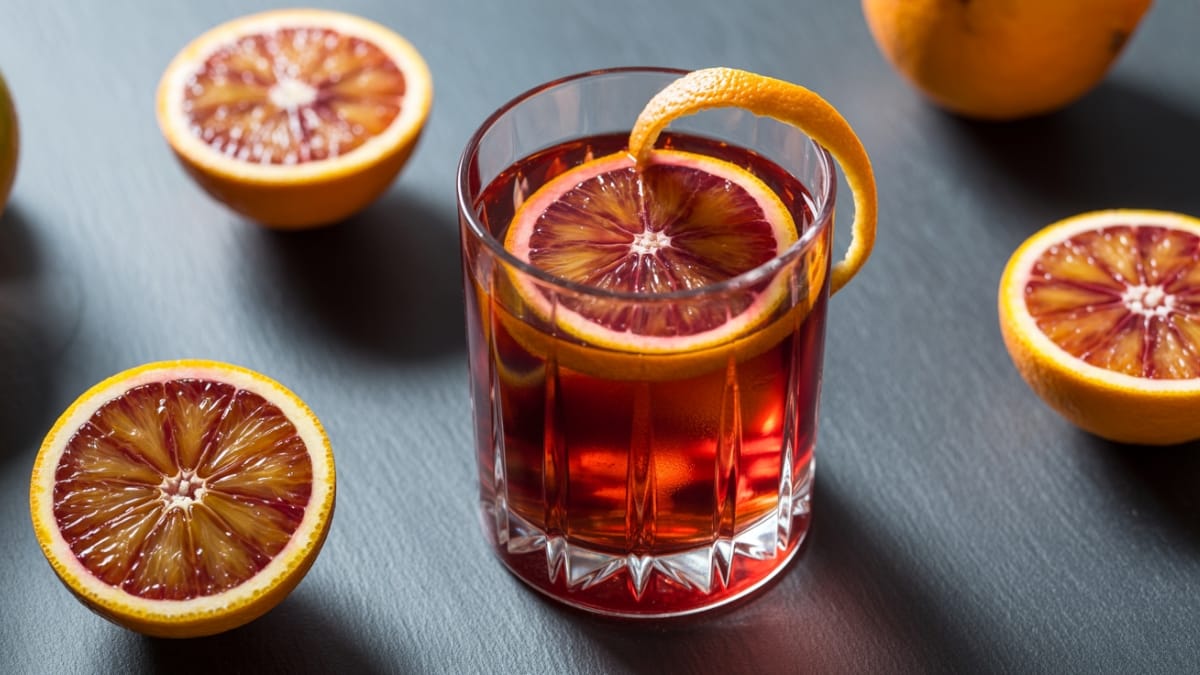
The Blood Orange Negroni stands out because it maintains the integrity of the classic cocktail while adding a seasonal twist that elevates the entire experience. The blood orange doesn’t just add color—it brings a distinctive sweetness that softens the characteristic bitterness of Campari, creating a more approachable yet still sophisticated flavor profile.
Even people who find traditional Negronis too bitter often fall in love with this version. What makes this recipe particularly fantastic is its versatility. It works beautifully as a pre-dinner aperitif, stimulating the appetite with its complex bitter notes, but it’s equally at home as a statement cocktail for special occasions. The dramatic color makes it incredibly photogenic—perfect for those moments when you want to impress both visually and with flavor.
Equipment needed: Cocktail shaker, strainer, mixing glass, bar spoon, citrus juicer, cocktail glass
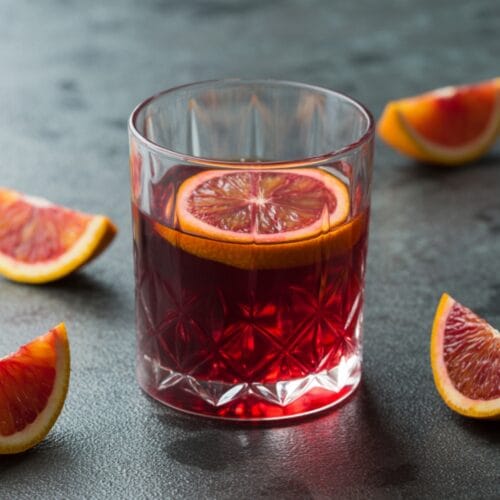
Blood Orange Negroni
Ingredients
- 1 oz 30ml gin (a London dry style works beautifully)
- 1 oz 30ml Campari
- 1 oz 30ml sweet vermouth (Carpano Antica Formula if available)
- 1 oz 30ml fresh blood orange juice, strained
- 1 blood orange slice for garnish
- 1 large ice cube for serving
- Orange twist optional, for additional aromatics
Instructions
- Juice the blood orange: Cut a blood orange in half and squeeze to extract about 1 oz of juice. Strain to remove any pulp or seeds.
- Combine the spirits: In a mixing glass, pour the gin, Campari, and sweet vermouth. Stir gently to combine these ingredients before adding the juice.
- Add the blood orange juice to the mixing glass and fill with ice. Stir the mixture for about 30 seconds until well-chilled.
- Prepare your glass by placing a large ice cube in a rocks or old-fashioned glass. The large cube melts more slowly, preventing dilution.
- Strain the cocktail over the ice cube, pouring slowly to appreciate the gorgeous ruby color as it fills the glass.
- Garnish with a blood orange slice by resting it on the rim of the glass or floating it on top of the cocktail. If using an orange twist, express the oils over the surface of the drink before adding.
- Serve immediately while the drink is perfectly chilled and the aromas are at their peak.
Notes
- For the best flavor, freshly squeeze your blood oranges just before making the cocktail. The juice oxidizes quickly and loses its vibrant color.
- If blood oranges aren’t in season, you can substitute with a combination of regular orange juice and a few drops of pomegranate juice for color.
- This cocktail can be batch-prepared (without ice) and stored in a bottle in the refrigerator for up to 24 hours—perfect for parties.
- Some bartenders like to add a touch of simple syrup (about 1/4 oz) if your blood oranges are particularly tart.
- The quality of your vermouth matters significantly in this cocktail. Store opened vermouth in the refrigerator and use within a month for optimal flavor.
Calories & Nutritional Info
- Calories: Approximately 185-200 per serving
- Carbohydrates: 12-15g (primarily from the vermouth and blood orange juice)
- Alcohol content: About 20% ABV (alcohol by volume)
- Contains no major allergens
- Vegan and vegetarian friendly
- No fat or protein content to note
Common Mistakes to Avoid
- Using old vermouth – Vermouth is wine-based and oxidizes quickly. Always use fresh vermouth stored properly in the refrigerator.
- Over-diluting the cocktail – Stir just until chilled; over-stirring with ice will water down the complex flavors.
- Skipping the large ice cube – Regular ice will melt quickly and dilute your perfectly balanced cocktail.
- Using bottled blood orange juice – The fresh juice provides brightness and vibrant color that bottled versions can’t match.
- Forgetting to strain the juice – Blood orange pulp can make the texture of your cocktail inconsistent. A quick strain makes all the difference.
Alternatives & Substitutions
- For a lower-alcohol version: Replace half the Campari with blood orange soda or sparkling water.
- No blood oranges? Use regular orange juice with a splash of pomegranate or cranberry juice for color and tartness.
- Gin alternatives: Experiment with bourbon for a “Boulevardier” style twist, or use a non-alcoholic gin alternative for a zero-proof version.
- Vermouth options: White vermouth creates a lighter cocktail, while Punt e Mes adds more bitterness and complexity.
- Add herbaceous notes: A sprig of rosemary or thyme can complement the blood orange beautifully.
- Sweeter variation: Add 1/4 oz of simple syrup or honey syrup if you prefer less bitterness.
FAQs
When are blood oranges in season?
Blood oranges typically reach their peak from December through May, depending on your location. The best specimens have a deep ruby flesh and slightly berry-like flavor that ordinary oranges lack. Outside this season, specialty grocers or Italian markets sometimes carry frozen blood orange juice.
Can I make a batch of Blood Orange Negronis for a party?
Absolutely! Multiply the ingredients by the number of servings needed and mix everything except the ice in a pitcher. Refrigerate for up to 24 hours. When ready to serve, stir briefly with ice and strain into prepared glasses with fresh garnishes.
Why is my cocktail not as red as expected?
Blood orange color can vary dramatically from fruit to fruit. If your oranges are lighter in color, add a few drops of pomegranate juice to enhance the ruby hue. Also, be sure to use fresh juice—the vibrant color oxidizes quickly when exposed to air.
Is there a non-alcoholic version of this cocktail?
Yes! Replace the gin with a non-alcoholic gin alternative, substitute Campari with Sanbitter or a similar non-alcoholic red bitter, and use non-alcoholic vermouth or a combination of grape juice and bitters. The blood orange juice remains the same for a sophisticated zero-proof option.
What’s the difference between a Blood Orange Negroni and a traditional Negroni?
A classic Negroni consists of equal parts gin, Campari, and sweet vermouth. The Blood Orange Negroni adds fresh blood orange juice to this combination, which softens the bitterness and adds fruity complexity. The traditional version is also typically garnished with an orange peel rather than a slice.
Final Thoughts
The Blood Orange Negroni isn’t just a drink—it’s an experience that engages all your senses. From the moment you pour that vibrant ruby liquid over ice to the complex dance of bitter, sweet, and aromatic flavors on your palate, this cocktail delivers something special. Whether you’re a Negroni aficionado or new to the world of bitter cocktails, this blood orange variation offers an accessible entry point to a classic that’s stood the test of time. Cheers to trying something beautifully complex yet surprisingly simple to create!
